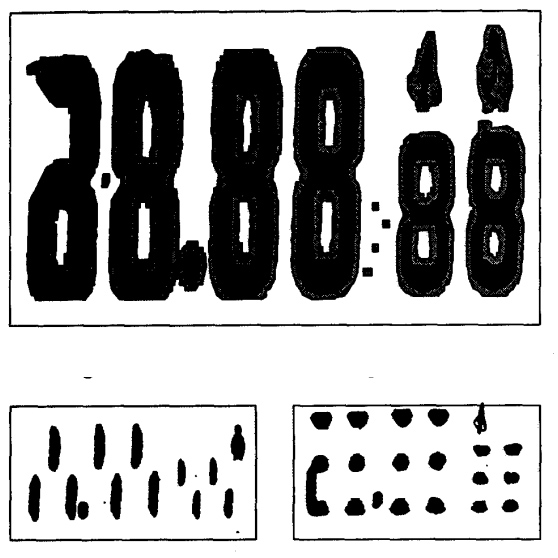Impact of Hand-Assisted Viewing on User Performance and Learning Patterns in Virtual Environments
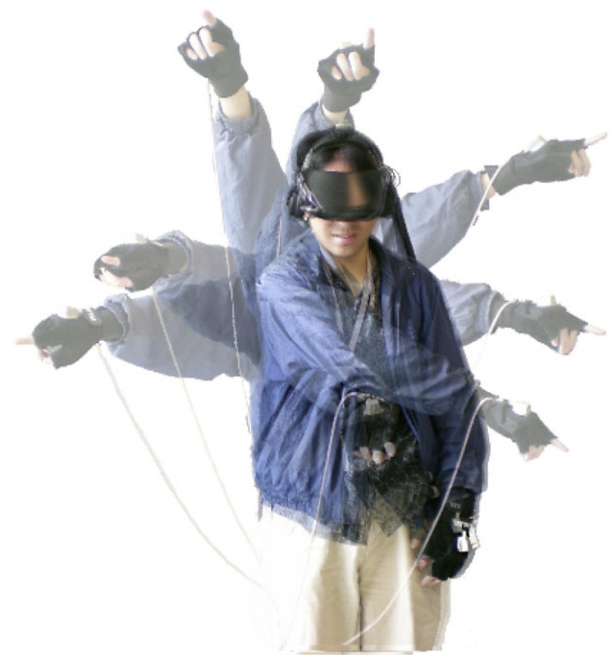
Andrei Sherstyuk, Caroline Jay, Anton Treskunov (2011)
The Visual Computer 27: 3. 173-185 March.
This study explores the effects of a hand-assisted viewing technique called "view sliding" on user behavior in immersive virtual environments. The research demonstrates that this technique significantly changes how people operate their virtual hands on motor, cognitive, and behavioral levels, revealing unexpected learning patterns and performance impacts in virtual reality interactions.

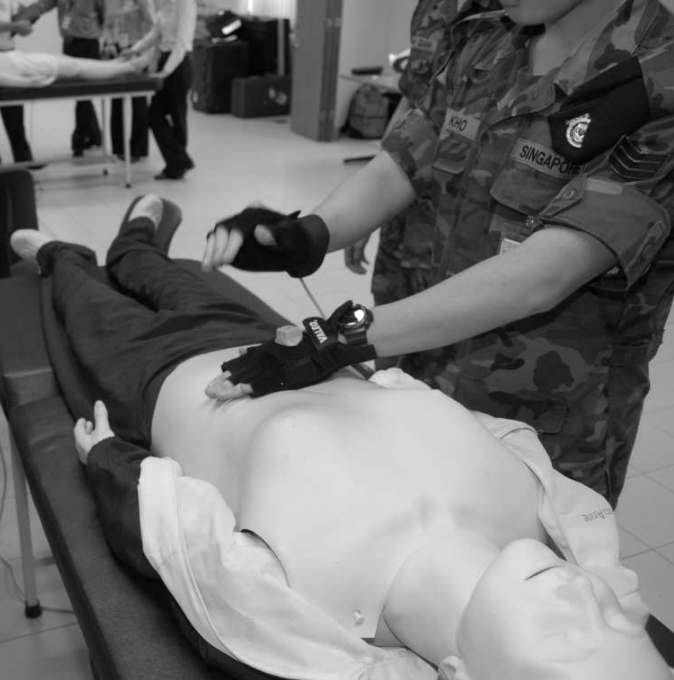
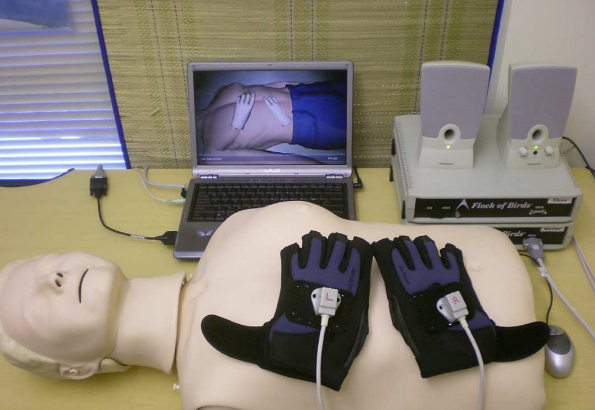


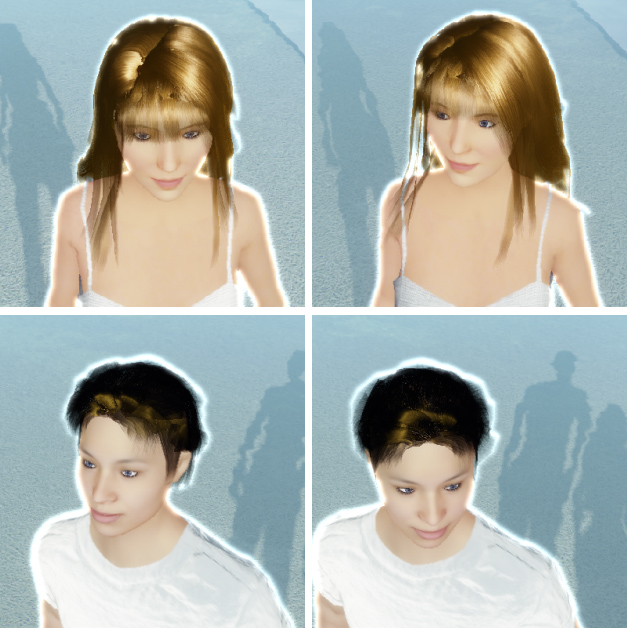
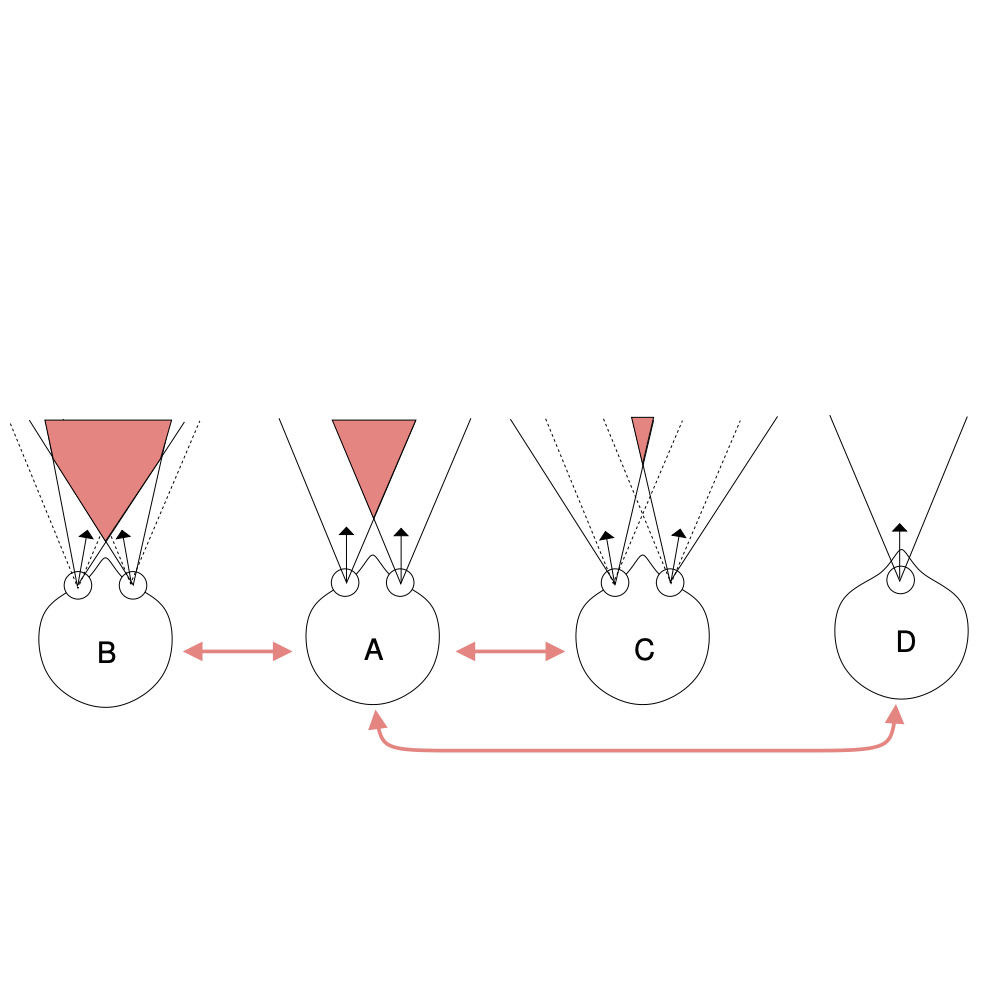
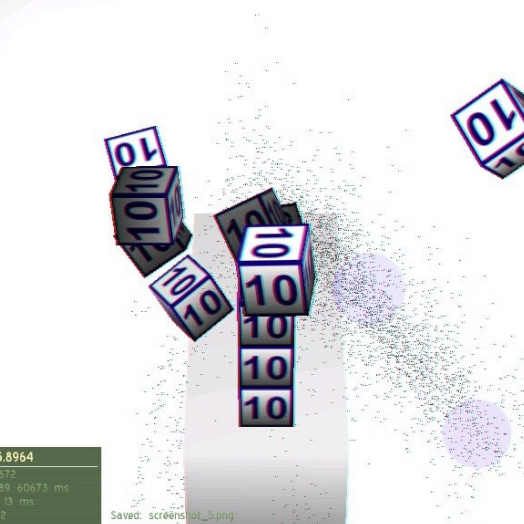
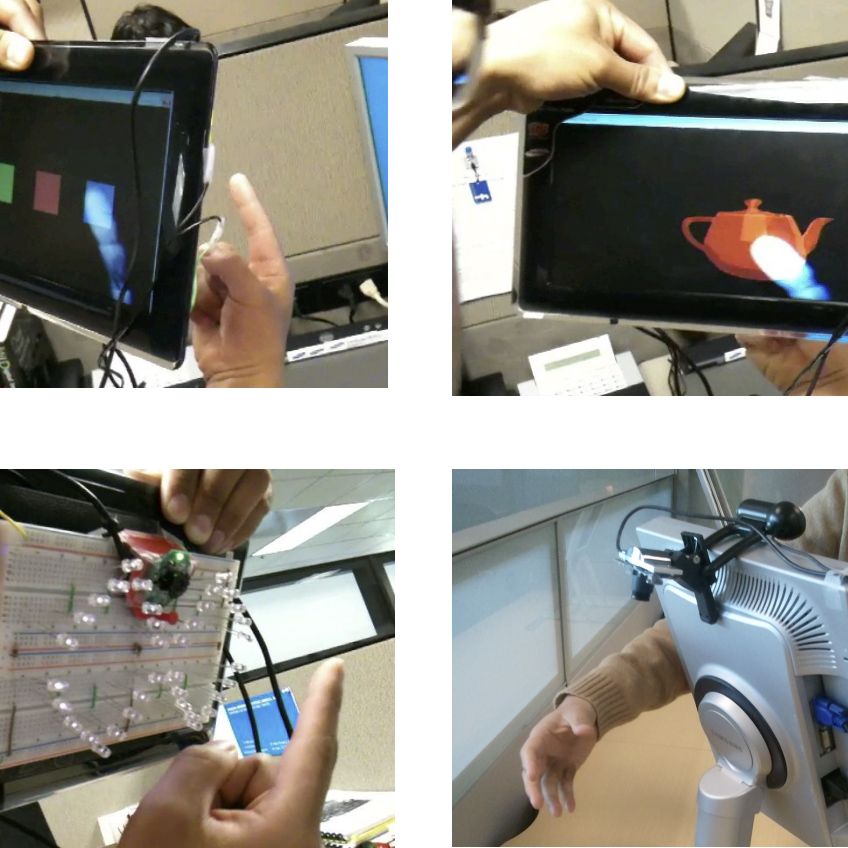

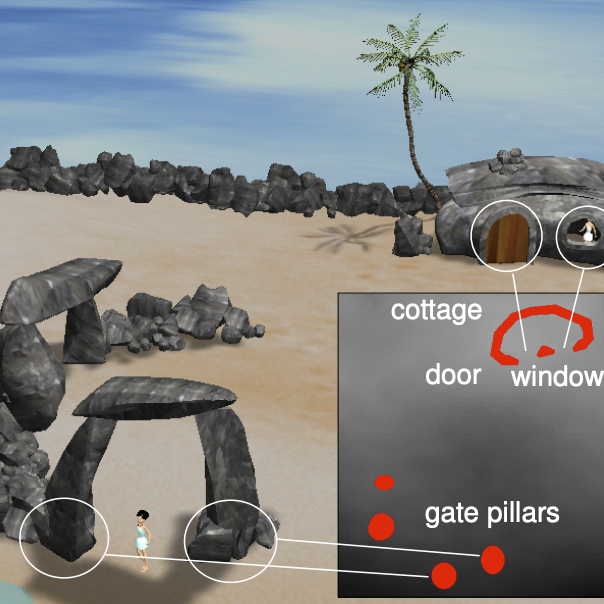

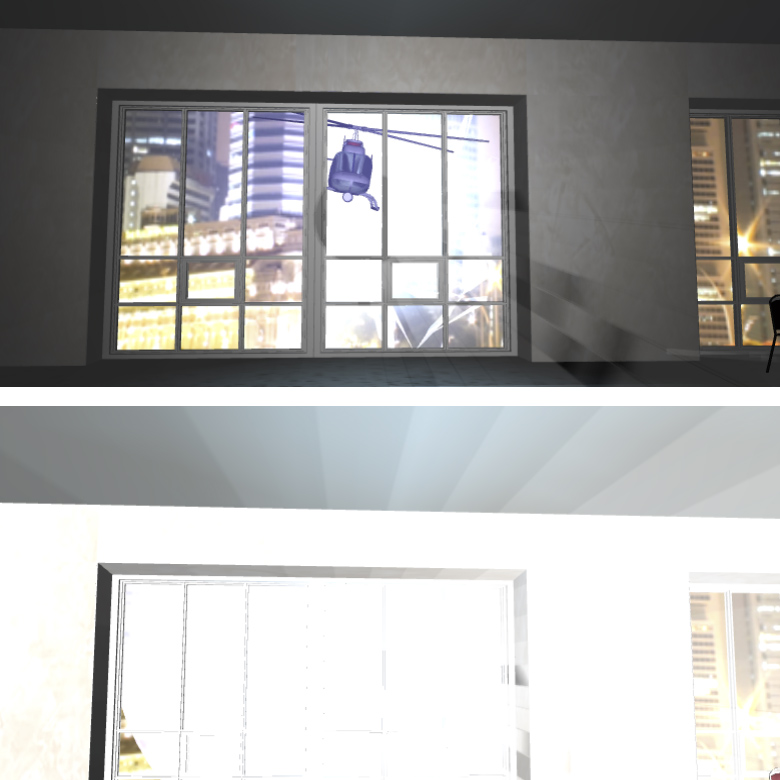
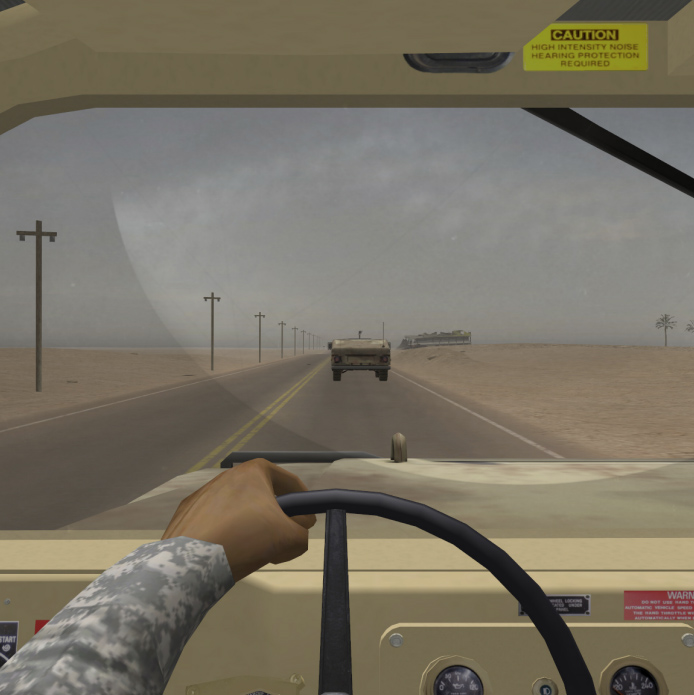
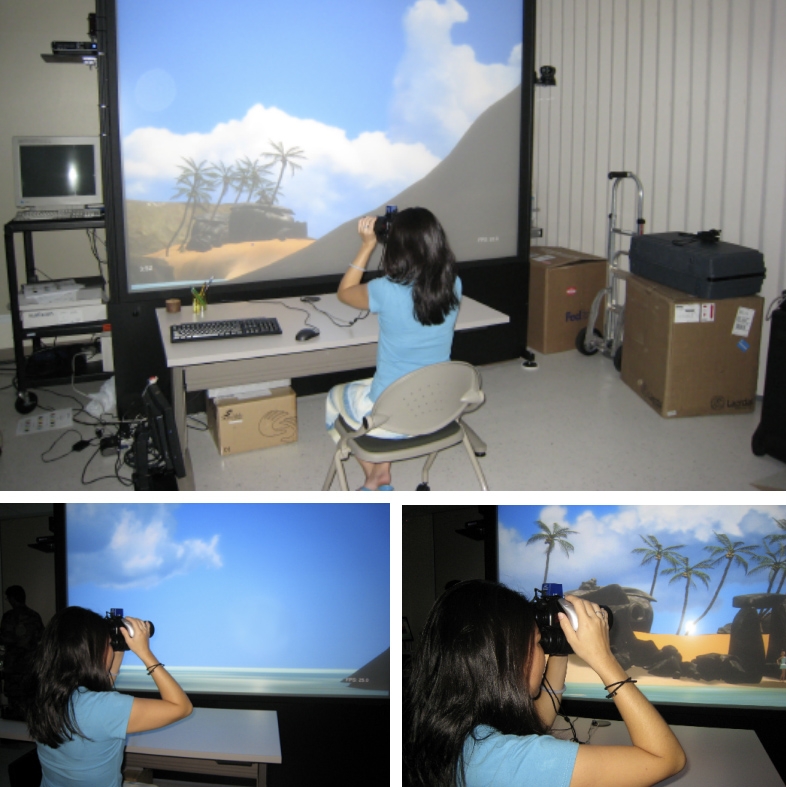
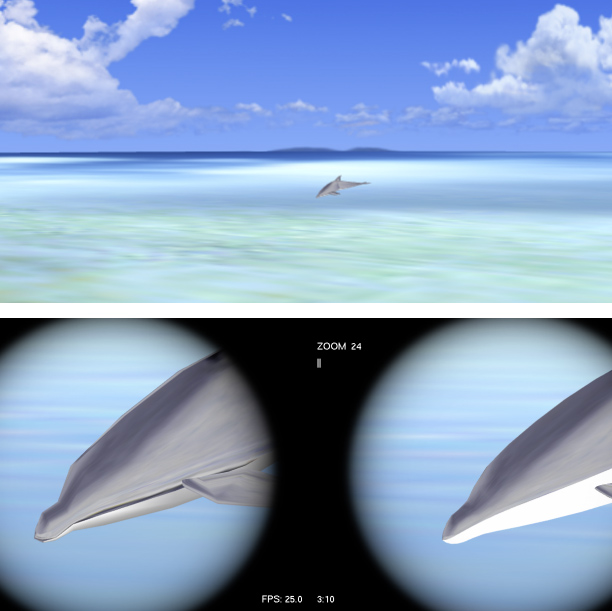

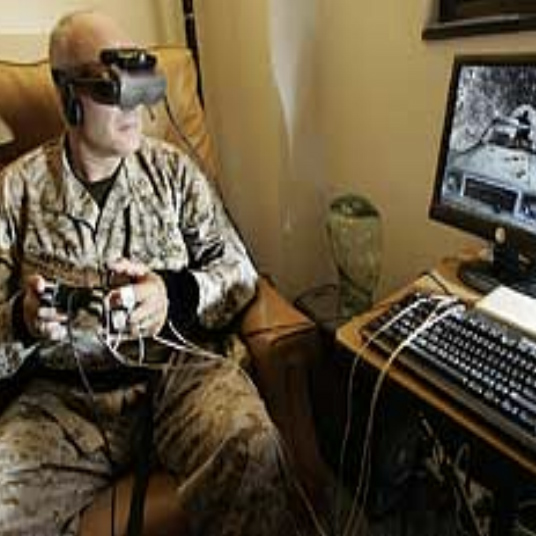
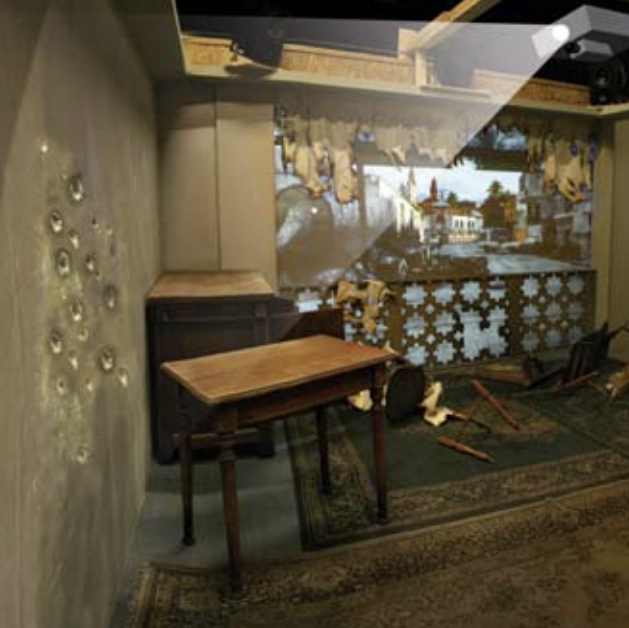

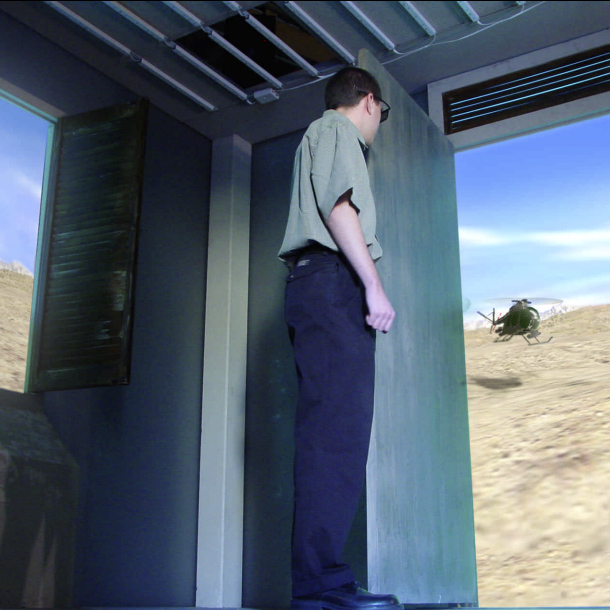
- A Framework for Scalable Immersive Visualization Systems.jpg)
